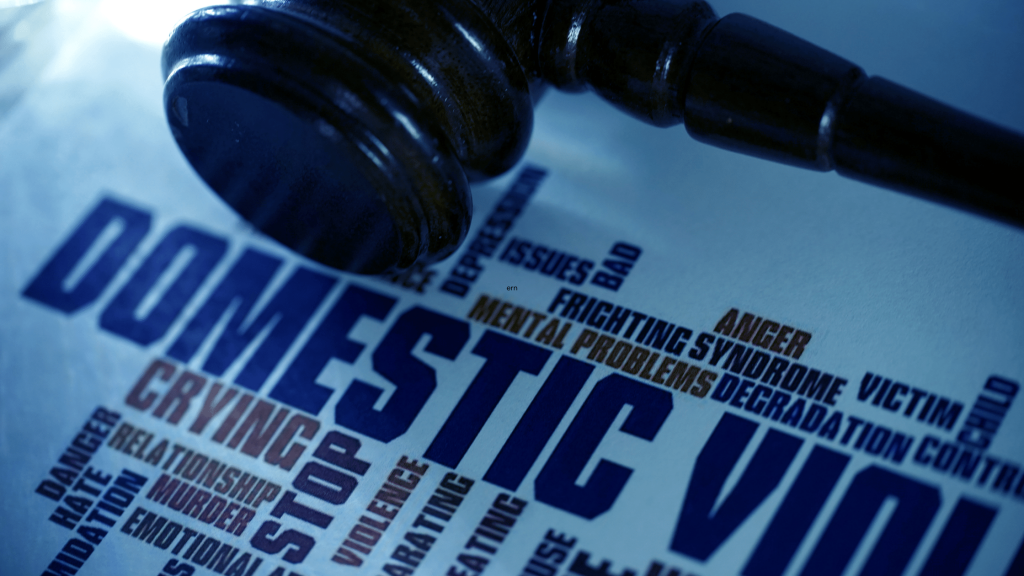Domestic abuse is a pattern of behaviour from the abuser designed to control their partner. It can happen at any point in a relationship, even after you have separated. If you are forced to change your behaviour because you are frightened of your partner or ex-partner’s reaction this is abuse.
Domestic abuse can happen to anyone, regardless of gender, age, religion, background, sexual preference, or ethnicity. Statistically most domestic abuse is carried out by men and experienced by women. Domestic abuse is a crime.
If you are experiencing domestic abuse, these are the steps you need to follow:
- Know that it is not your fault
First and foremost, do not blame yourself. Nobody deserves to be treated like this so do not downplay the situation or believe the abuse is taking place because of something you said or did wrong.
- Tell Someone
Whether you’re the individual who is the victim of domestic abuse or you suspect the abuse is happening to someone you know, the first thing you want to do is report it straight away. It’s essential to report the abuse to local authorities, and if you are fearful of the consequences then there are organisations available in Northern Ireland such as Victim Support NI, who will be able to provide the right support and advice for those involved.
Reporting the abuse is the most important thing to do. Without reporting the situation then the people involved will continue to go unnoticed, and this could end up with more serious outcomes if ignored.
- Get an order of protection
In Northern Ireland, there is the Protection from Harassment Order (NI) 1997 which prohibits the act of harassment. This states that a person shall not pursue a course of conduct that amounts to harassment of another and which the perpetrator knows or ought to know will cause the victim harassment (which includes alarming the person or causing them distress). The legislation also provides for the offence of ‘putting people in fear of violence’ when a person’s course of conduct causes another to fear, on at least two occasions, that violence will be used against him or her. Sourced via PSNI Website.
- Document the evidence
You will need to gather as much evidence as you can relating to domestic abuse. Keep a record of all your injuries or any other forms of abuse by taking photos, filming or audio recording the abuse if you can. Keep all text messages, emails, DMs or social posts that relate to the abuse. You will need all this evidence when you file a police report so the more information you have compiled, the better the outcome will be.
- Have a safety plan in place
- Creating an emergency bag
If it is safe to do so without your abuser noticing, keep a bag with some money, important documents you might need, for example, birth certificates, marriage certificates, tenancy/mortgage documents, ID documents, National Insurance Number, driving licence), get a set of keys cut, some clothes, any medication, phone charger and emergency numbers. This could be kept safe somewhere out of sight in the house or at a friend’s house, so you can leave in a hurry and still have your essentials.
- Think about routines
Think about your partners’ routines and choose a safe time to leave your home. Consider where they will be and plan a safe route avoiding their place of work, their friend’s houses, or the way they travel home each day.
- Arrange a place to stay
This might be the home of a trusted friend or family member, but make sure your abuser doesn’t know the location. As a woman fleeing domestic abuse, you can seek help from Women’s Aid, or if you are male you can contact Men’s Advisory Project here in Northern Ireland.
- Call 999
If you are in immediate danger, call the Police as soon as possible.
We at McPartland & Sons have a team of dedicated and trusted solicitors who have experience with domestic violence cases. We work to get the best outcome for our clients. Find out our contact details here.
Related Blog: How to get the best outcome for domestic violence

